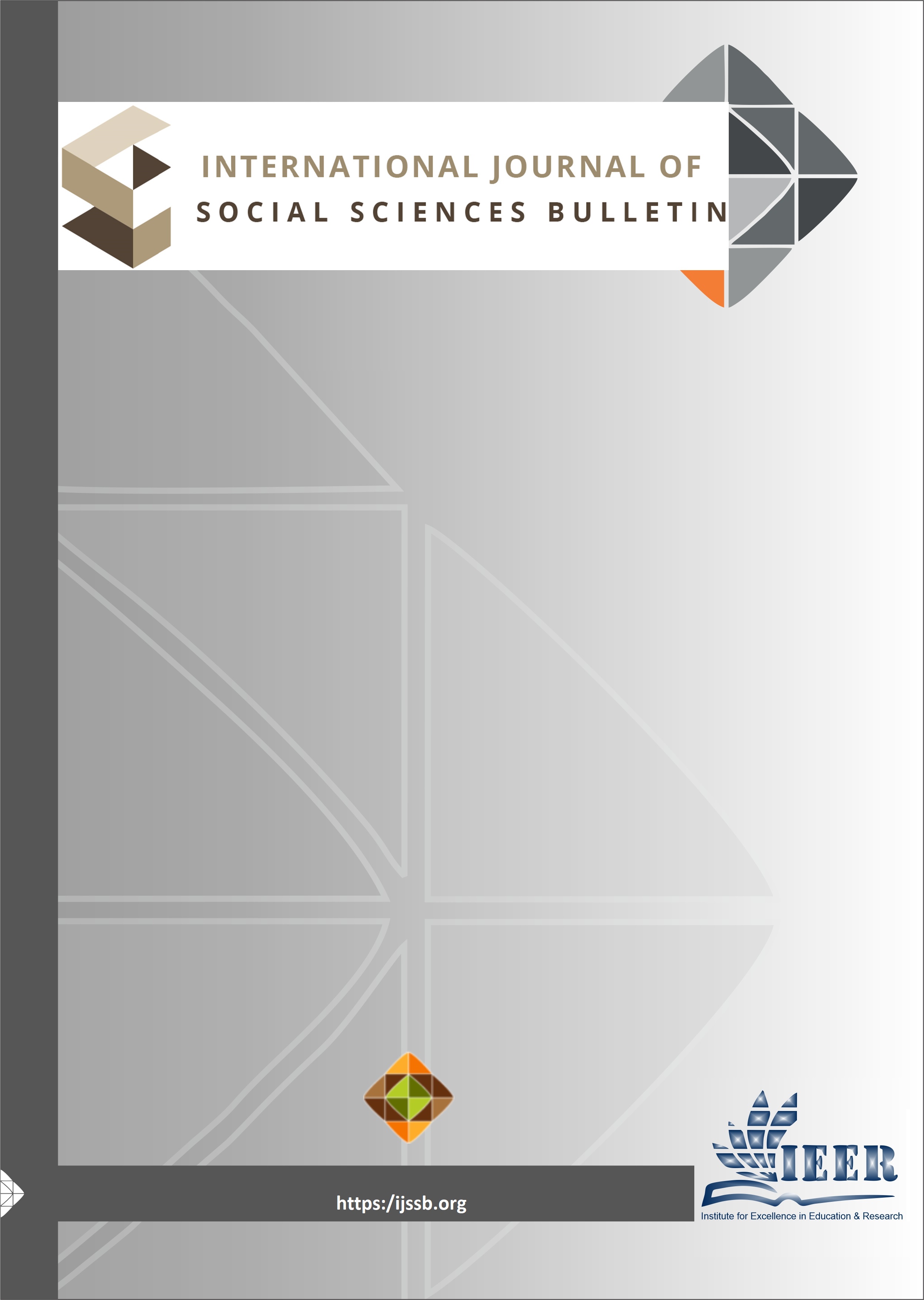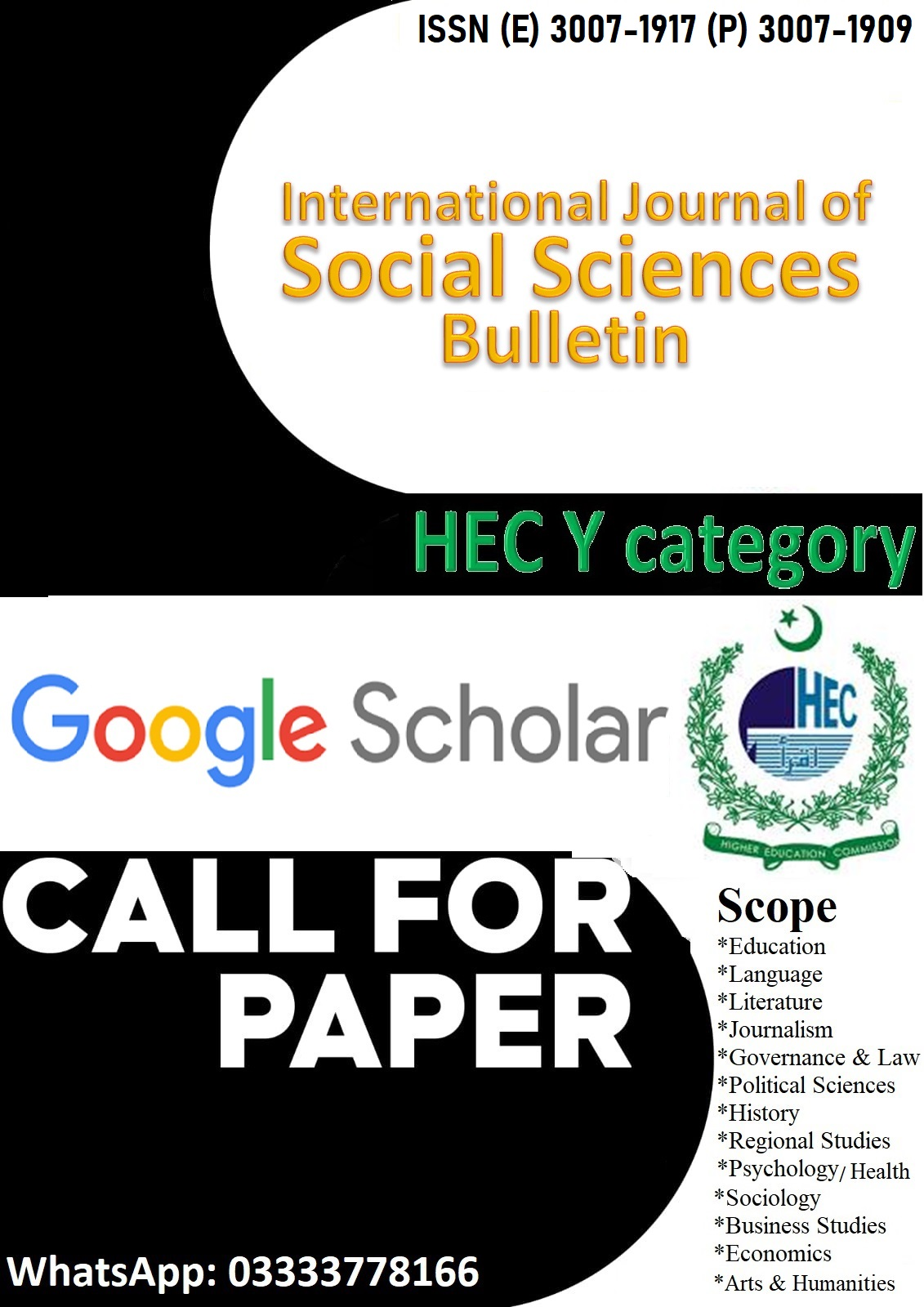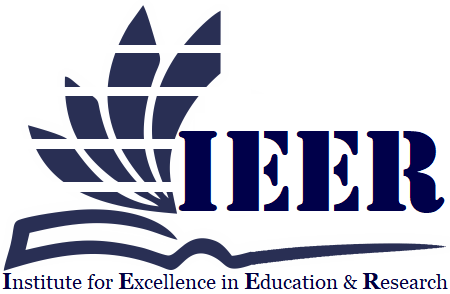USING DIGITAL TOOLS TO DEVELOP READING SKILLS AMONG STUDENTS WITH MILD INTELLECTUAL DISABILITIES: TEACHERS' PERSPECTIVES
Keywords:
Digital Software, Intellectual Disabilities, Urdu Reading SkillsAbstract
Developing reading skills in students with intellectual disabilities (ID) presents a unique challenge due to their varying levels of cognitive and linguistic capabilities. Digital tools offer adaptive learning environments that can be customized to meet the individual needs of students with intellectual disabilities. The objective of the study is to explore the teacher’s opinion about digital
tools to develop reading skills among students with mild intellectual disabilities. Researchers employed survey method to gather data from teachers working in government special education institutions in Punjab. A questionnaire was designed to be easy to administer and understand, with close-ended questions using a Likert scale format. Reliability coefficients of questionnaire is 913.The
structure of the questionnaire was divided into three distinct sections, each tailored to gather specific information. The survey was distributed electronically to ensure broad reach and convenience for respondents. The data analysis was conducted using SPSS version 21, which facilitated detailed statistical analysis. The sample of this study consisted of 267 teachers who engaged in instructing
students with intellectual disabilities. 55.8% respondents responded that digital tools are “Essential” but there is a limited use of these tools in their institutions. Textbooks were the most frequently used resource (55.8%), underscoring their dominance in teaching Urdu reading skills. Flashcards were the second most common resource (19.5%), likely used to support vocabulary and
phonemic awareness. Interactive activities (12.6%) and illustrated storybooks (7.9%) were used less frequently, while digital tools (4.2%) were the least utilized. A smaller proportion of teachers used digital software monthly (23 teachers, 8.6%) or weekly (13 teachers, 4.9%). Notably, no teachers (0.0%) reported using digital software daily for teaching Urdu reading. The findings highlight a
gap in the integration of modern, student-centered strategies and resources that could potentially improve reading outcomes for students with intellectual disabilities. The study emphasized the importance of structured, interactive learning environments where teachers facilitate digital literacy instruction rather than relying solely on self-directed student engagement.
Downloads
Published
Issue
Section
License

This work is licensed under a Creative Commons Attribution-NonCommercial-NoDerivatives 4.0 International License.

















